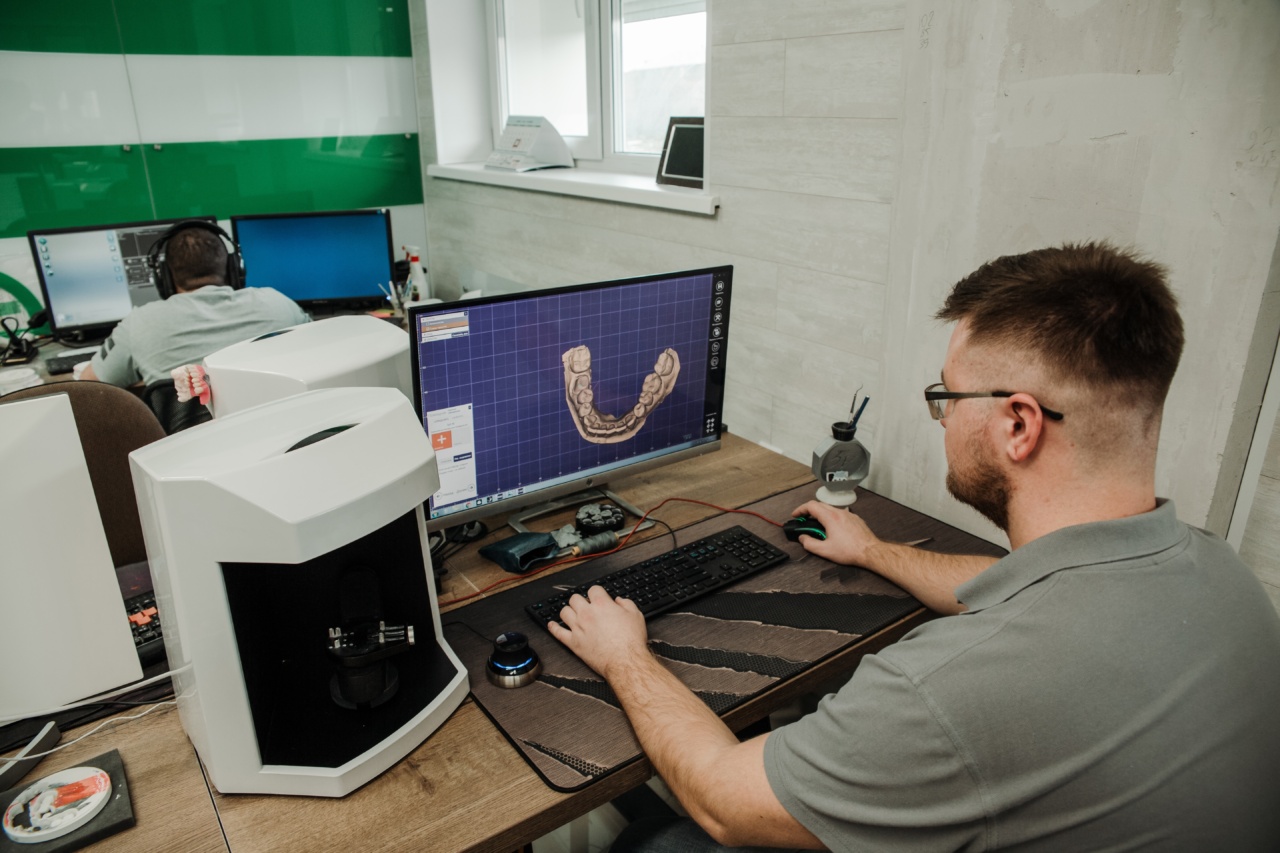Stem cells are cells with the potential to develop into different types of cells in the body.
Regenerative medicine is an interdisciplinary field comprising of biology, engineering, and clinical medicine that aims at restoring the function and structure of human organs damaged due to disease, aging, or injury. Stem cells and regenerative medicine offer the possibility of treating a wide range of human diseases and conditions, including heart disease, diabetes, Parkinson’s, and Alzheimer’s disease.
The production technology behind stem cells and regenerative medicine plays a crucial role in advancing the field.
Types of Stem Cells
There are three main types of stem cells: embryonic stem cells, adult stem cells, and induced pluripotent stem cells.
Embryonic stem cells are derived from blastocysts, which are early-stage embryos that contain a cluster of cells that can differentiate into any type of cell in the body.
Adult stem cells, also known as somatic stem cells, are found in various tissues throughout the body, such as the bone marrow, skin, and brain. Induced pluripotent stem cells are adult cells that have been reprogrammed to become pluripotent.
Role of Production Technology
The production technology involved in stem cell research and regenerative medicine is critical to the success of the field. The following are some of the ways production technology is being used to advance stem cell research and regenerative medicine:.
Culture systems
Culture systems provide an environment in which stem cells can grow and differentiate into specific cell types.
A suitable culture system should simulate the natural environment in which the cells would grow in vivo and provide essential factors for stem cell growth and differentiation. Advances in production technology have led to the development of more efficient and effective culture systems.
Bioreactors
Bioreactors are devices that are used to grow stem cells on a large scale. A bioreactor provides a controlled environment in which stem cells can grow and differentiate into the desired cell type.
Bioreactors are essential for the production of large quantities of cells needed for clinical applications. Advances in production technology have led to the development of more efficient and cost-effective bioreactors.
Cell Sorting
Cell sorting is a technique used to separate stem cells from other cells. This technique is essential for the purification of stem cells before they are used for clinical applications.
Advances in production technology have led to the development of more efficient and accurate cell sorting techniques.
Gene Editing
Gene editing is a technique used to modify the DNA of stem cells. This technique is essential for studying the role of genes in stem cells and for developing new therapies.
Advances in production technology have led to the development of more efficient and targeted gene editing techniques.
Tissue Engineering
Tissue engineering is a field that aims to create functional tissues and organs using stem cells and biomaterials.
Advances in production technology have led to the development of more complex and functional tissues that can be used for clinical applications.
Cryopreservation
Cryopreservation is the process of freezing stem cells for long-term storage. This technique is essential for the preservation of stem cells for future use.
Advances in production technology have led to the development of more efficient and effective cryopreservation techniques.
Conclusion
The role of production technology in stem cell research and regenerative medicine is significant.
Advances in production technology have led to the development of more efficient and cost-effective techniques for stem cell growth, differentiation, gene editing, and tissue engineering. These advances have the potential to revolutionize the field of regenerative medicine and lead to the development of new therapies for a wide range of human diseases and conditions.






























